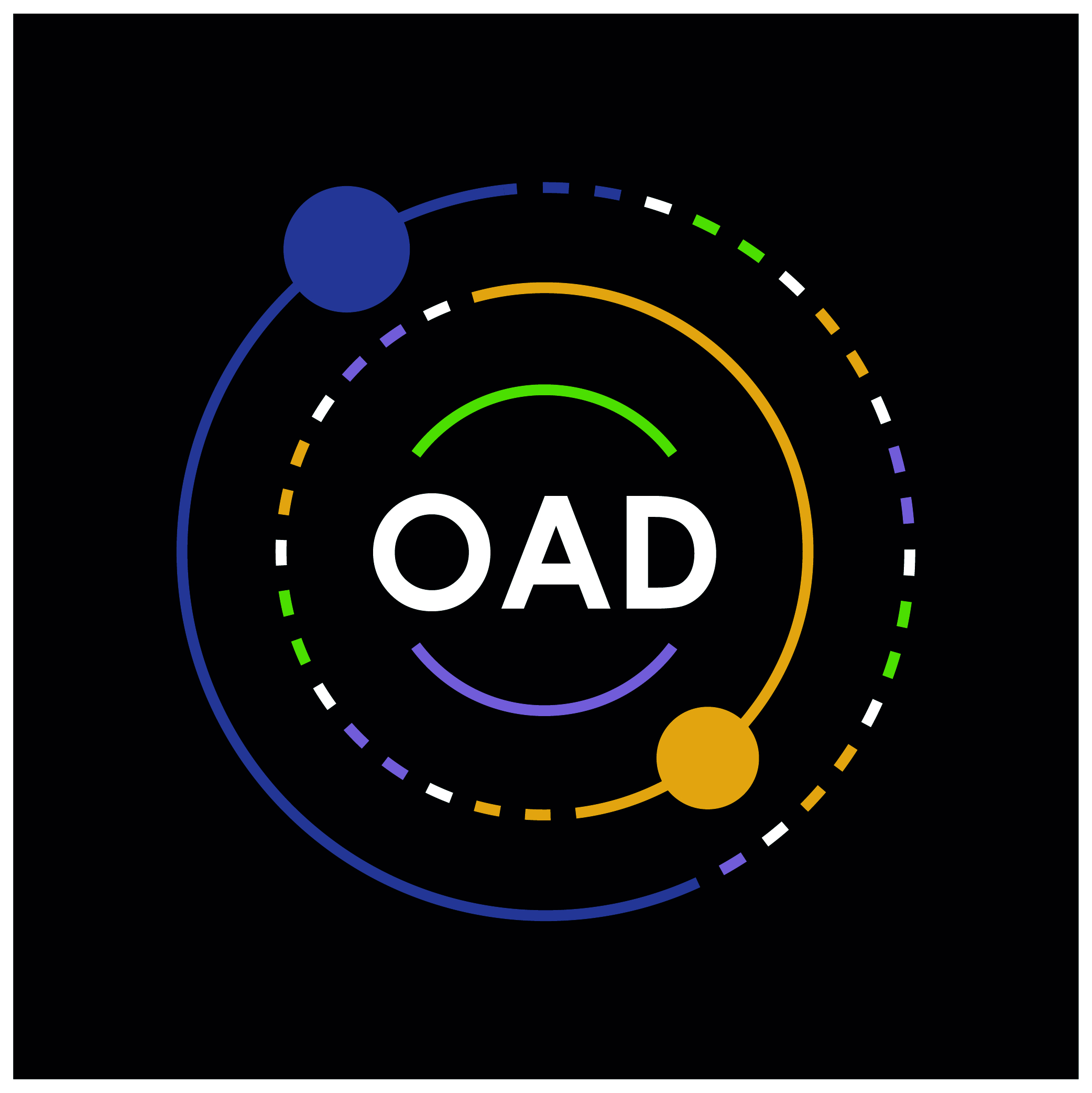According to United Nations, education is meant for all and not limited to race, tribe or the disabled in the society. The project aims to ensure that people with special needs in our society are not left out of understanding basic astronomy, our universe and the solar system. This project proposes to take astronomy education to the blind and visually impaired undergraduate and post graduate students of the University of Nigeria, Nsukka.
The project will be executed with the guidance of special tutors using oral, pre-recorded audio, text readers and hands-on educational methods (tactile model) for a better understanding of the universe.
The project will be carried out with the help of the Centre for Basic Space Science- National Space Research and Development Agency, Nigeria (CBSS-NASRDA) and the Enugu State Ministry of Education. CBSS-NASRDA as an agency has seasoned scientists and some necessary educational materials that will help in this project as they host the IAU West African Regional Office of Astronomy for Development (WAROAD). The Enugu State Ministry of Education will help in the printing of materials and logistics support for the project.
The duration of this project will be one week as it will be conducted in different phases, the project will borrow a leaf from previously executed projects in the past like a touch of the universe and amazing space tactile astronomy to ensure maximum output. This project will ensure the participants active
inclusion in space-related activities and STEM.
Activities
- Workshop-Lectures Topics: Pale Blue Dot, Astronomy & Mental Health, Solar System Planets, Optical Telescopes, Black Holes, Women in Space Sector, University of Nigeria, Nsukka, 120 Students with special needs, the general public and Staff of UNN
- Workshop-Hands-on Activities: Touch of the Universe, Touch of the Solar System Planets, Solar System Modeling with Beads, Feeling Galaxies, the Sun, the Moon & Craters, Telescopes, Black Holes University of Nigeria, Nsukka, 125 Blind and visually impaired undergraduate and postgraduate students
- Quiz Competition Astronomy/Space Science quiz; prizes awarded; grand winner was a female undergraduate student University of Nigeria, Nsukka, 125 Blind and visually impaired undergraduate and postgraduate students
Deliverables
- Tactile Astronomy Models Handmade and 3D tactile models of celestial objects, designed to help blind and visually impaired participants explore astronomy concepts through touch.
- Radio Telescope Prototypes: Simplified tactile models of radio telescopes used to demonstrate how radio waves are collected from space, making abstract concepts more tangible.
- Braille Materials: Printed educational materials in Braille for participants who could read Braille, ensuring access to astronomy content in written form.
- Recorded Audio Lessons: Pre-recorded audio explanations of key astronomy concepts, allowing participants to engage with content at their own pace.
- Sonification Tools: Audio-based representations of astronomical data (e.g. sound versions of graphs or signals), helping participants “hear” scientific information.
- Activity Manual for Volunteers: A guide for facilitators and volunteers outlining how to effectively engage blind and visually impaired participants using tactile and audio methods.
- Lectures and Slide Presentations: Accessible lectures and adapted slide presentations delivered during the sessions to engage participants with various disabilities.
Outcomes
- Improved access and knowledge in astronomy for blind and visually impaired learners: The use of tactile models, Braille materials, and audio tools helped participants understand space concepts that were previously inaccessible. The workshop’s outcome was measured using participants’ interviews and pre- and post-workshop assessments, which students completed with the help of facilitators. The post-workshop assessment result showed a significant 47% increase in knowledge about astronomy and space science among participants.
- Increased interest in astronomy and STEM among visually impaired participants: Feedback collected during and after the session through survey and interviews showed that participants were excited and curious. Many asked questions and expressed a desire to learn more after the event, showing growing interest in science.
- Boosted confidence and inclusion in science learning: Verbal comments and emotional reactions showed that many participants felt included in a learning space that is often inaccessible to them. They expressed appreciation for being part of a science activity designed with them in mind.
- Improved teaching and communication skills for volunteers: Post-activity reflections showed that volunteers gained valuable experience in inclusive education. They learned how to adapt science content for blind and visually impaired learners.
- Raised awareness about accessible science education: The event sparked interest and questions from sighted participants, lecturers, and school staff. Their engagement showed a growing awareness of the importance of accessibility in science outreach.


